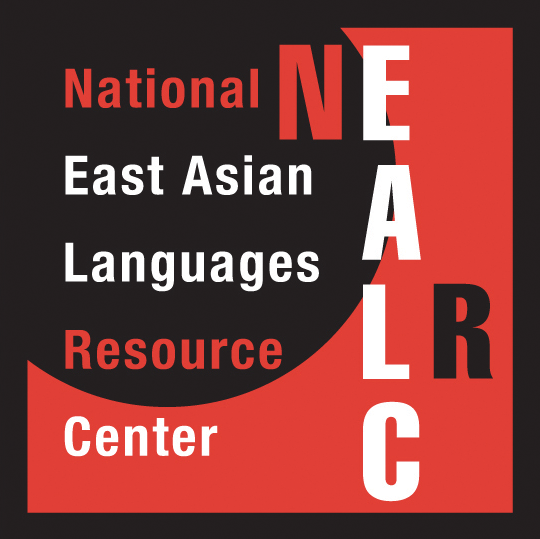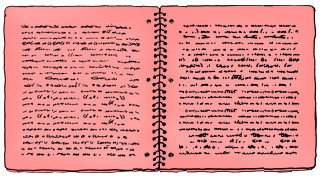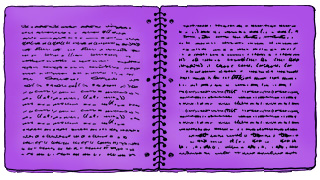As you get closer to your family, they will gradually let you in about family members who have passed away. Your next hurdle is to try and put together the way in which the family transforms and continues its relationships with those who are no longer physically there—the family spirits, or ancestors. This hurdle poses special challenges to deep-seated cultural assumptions, especially for those whose cultures generally evade death, deny grief, and create little room for relationships between the living and those who have passed on.
Yet, if you can make it past this hurdle, you will become aware of an important realm of the family—and Japanese society—which might otherwise have escaped you. The constant everyday care given them by the living, contributes to the subtle presence of the ancestor spirits in the family. To assist you in managing this hurdle, we have included a series of cases describing encounters with the ancestor spirits through the rituals at family graves. The order of the cases allows you to see that much in the encounter itself depends upon how “distant” or “close” the person in each case was considered by family members along a scale from soto to uchi.
1. Molly is just becoming aware of the family spirits, as she accompanies the otoosan to the family graves. Janine, who is on a return visit to her family, goes to visit the graves because someone she knew on her first visit has passed on.
- What is it that makes Molly a witness and Janine a participant in offering incense at the graves? Compare their perspectives in their accounts.
- What clues does Janine’s account give as to why the family spirits are often overlooked by Americans?
- How does Devita’ s account reveal a more uchi relationship to the family spirits? What does her account tell you about the family’s relationship to their spirits?
- As a Japanese-American Christina’s cultural perspectives seem to be American. Yet how does the invitation to her great Uncle Tomo’s memorial service trigger a change in her perspective on her own unspoken cultural meanings? How does her account also deal with uchi versus soto perspectives?
2. Putting things together. . . Ancestor spirits are part of the family too.
- The subtleness of the ancestor realm (and one’s own cultural assumptions) make it difficult to notice the family relations to their ancestor spirits when one first enters a family. Janine’s letters from the family gently cajole her into awareness that the ancestors are important—moreso than the newborn infants in the eyes of the okaasan. Molly helps Otoosan clean the gravestones without really understanding what the ancestors mean to him. However, this ancestor experience allows her to gain knowledge about Okaasan which “instantly made most of the [family] pieces fit together”. Devita’s account shows most clearly the everyday interaction with the spirits, because she is considered an uchi member. Here we see that family members talk to them, feed them, inform them of what is going on, and in general “indulge” them, just as they do for the living.
- The ancestors link the spirit world to this world and anchor the family to its past over time. For most Japanese, everyday relations with their family spirits (rather than temples, Buddhism, or any formalized religious beliefs) are the most significant link to religion.
- All four of the foreigners above show resistance toward acknowledging the family spirits; all initially wanted to ignore their family’s relations to them (even Christina resisted this in her own family).This shows that death carries enormous (unspoken) meaning, and culture has much to do with our attitudes toward it, and toward the deceased. We suspect that our readers too, share in these attitudes, and that death, spirits, ritual and ancestors are not subjects that attract you. Our evidence is our webstats: this page has the lowest request rate in the tutorial.
Main Takeaway:
Yet even though becoming aware of the family spirits is a difficult hurdle, getting past this is enormously rewarding because it opens up dimensions of the family that link them beyond themselves.


























